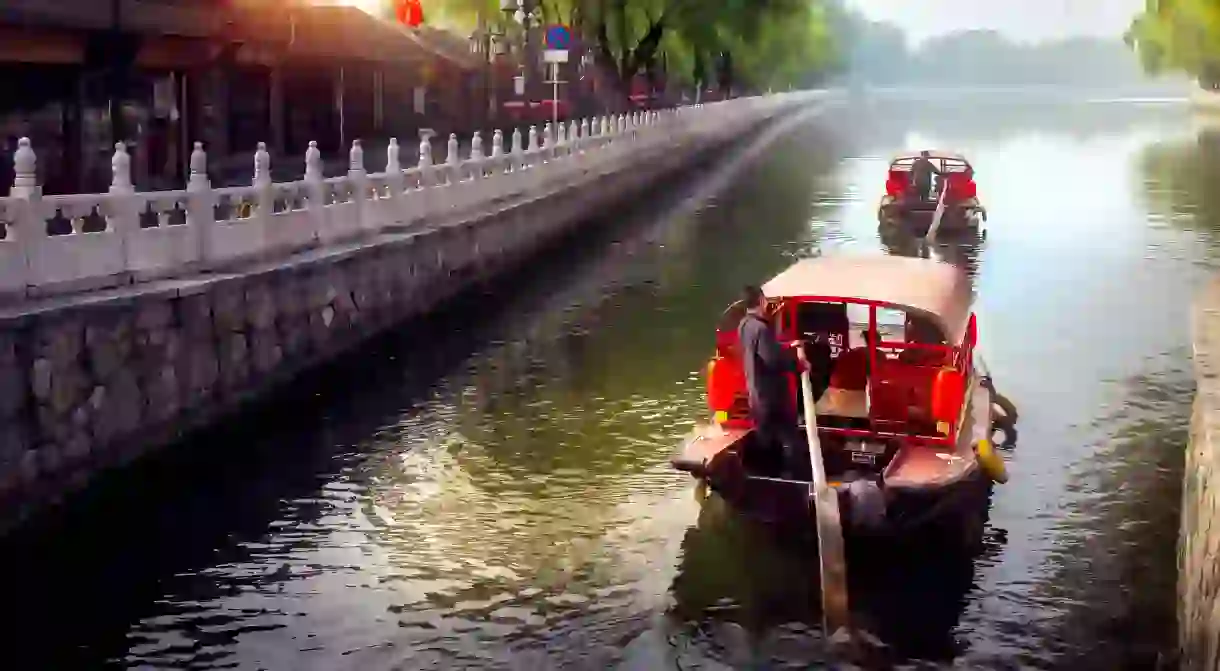A Historical Tour of Beijing Through Five Sites

The place we know as Beijing today has seen the rise and fall of dynasties and the comings and goings of millions of people. Culture Trip traces the development of the Chinese capital through five unmissable historical sites.
Capital Museum
Museum

Yuan Dadu City Wall
Archaeological site
Shijia Hutong Museum
Archaeological site
Once Beijing was selected as a capital, it began to grow and attract people from around the country. Outside of the emperor’s palace, the common folk would live in single-level courtyard homes made of timber called siheyuan (literally translated means ‘four-jointed courtyard’). The history of these structures and the narrow alleyways that formed the arteries of the city is presented at the Shijia Hutong Museum. The hutong lanes dominated old Beijing for some 700 years but many have been demolished to make way for multi-lane roads and more space-efficient apartment blocks. Learn more about this distinct part of Beijing history while it still stands.
Beijing Postcard Museum
Museum
This intimate exhibition space focusses on the historic Dashilar neighbourhood, located just south of Tiananmen Square. For centuries, this part of Beijing has been home to the city’s greatest artisans and performers. It has also acted as the Ellis Island of Beijing, the first point of entry for migrants from around the country. The Beijing Postcard Museum has amassed a small collection of beautiful maps that present how the city has evolved in recent centuries.
Peking Man
Archaeological site

Discovered in 1923-1927, and then incredibly misplaced during World War II, the fossil remains of Peking Man were unearthed near Beijing in the town of Zhoukoudian. This skeleton of Homo erectus pekinensis is estimated to have lived around 400,000 years ago. Zhoukoudian is about a 1.5-hour drive southwest of Beijing. There is a modest museum at the site that introduces some facts about Peking Man and his discovery.













